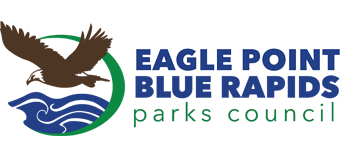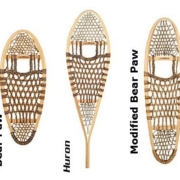Snowshoes – A Canadian Icon with an International Story
Snowshoes – A Canadian Icon with an International Story
Early Man and Snowshoes
The snowshoe is a traditional icon of Canadian culture. Many of us imagine a snow bound cabin deep in the Canadian wilderness, where traditional wooden snowshoes hang over a field stone fireplace. Did you know that snowshoes have been used in Europe and Central Asia for at least 6000 years? In 2003 a nearly complete snowshoe was found frozen in a glacier on the Austrian/Italian border. Incidentally, this snowshoe was found in the same region as the famous Iceman Őtzi was found in 1991. Carbon dating determined that this snowshoe was around 5800 years old, while Őtzi ventured into the same glacial area around 500 years later. Perhaps if he’d worn snowshoes, he could have outrun his enemies!
Inspired by Nature
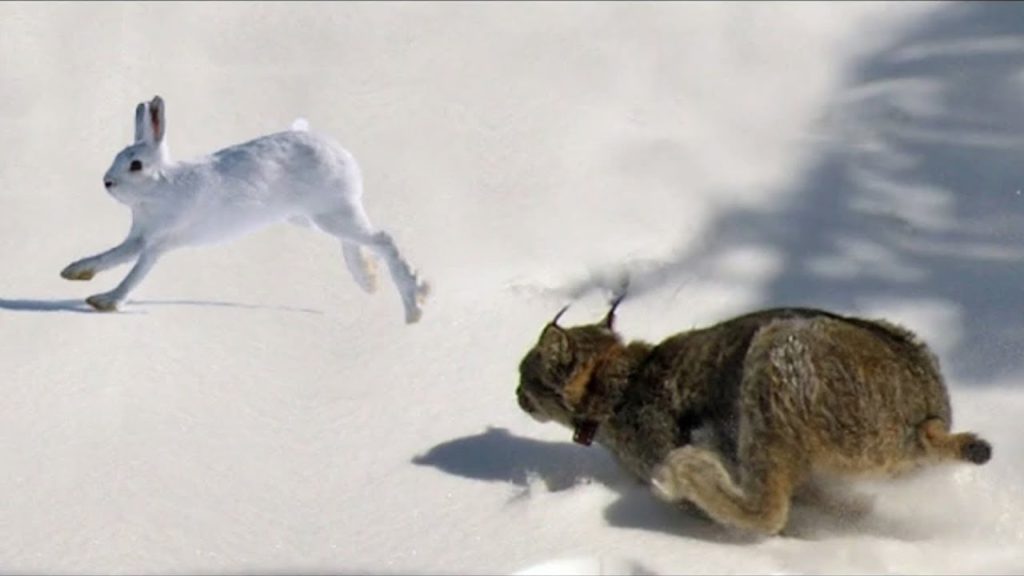 Figure 1. Snowshoe Hares and Canadian Lynx are both highly adapted to snow. Their Asian & European counterparts were an inspiration for early snowshoe inventors. Photo from Youtube
Figure 1. Snowshoe Hares and Canadian Lynx are both highly adapted to snow. Their Asian & European counterparts were an inspiration for early snowshoe inventors. Photo from Youtube
Our Asian and European ancestors were probably inspired to make snowshoes by observing the Mountain Hares and the Eurasian Lynx float over the deep snow with their large feet. Our Canadian Lynx and Snowshoe Hare boast the same adaptation to deep snow here in Eagle Point-Blue Rapids Parks system!
When humans strapped these new devices on, they were able to become much more mobile in the winter, exploring further and further from their homes. Frozen lakes and frozen swamps were no longer a barrier with their new mobility! People expanded their exploration into Scandinavia and Siberia and eventually crossed the Bering Strait into North America, quite possibly on snowshoes!
Humans from various snowy regions used the resources at hand to make their snowshoes adapted them for different snow conditions and different terrain. Ash, birch or willow were steamed to make the rounded shapes, while rawhide and sinew were used to make the webbings and bindings.
Scandinavians eventually abandoned the wide snowshoe shape entirely and made a narrow version which evolved into what we now call the Nordic or Cross Country ski.
Indigenous Snowshoe Designs
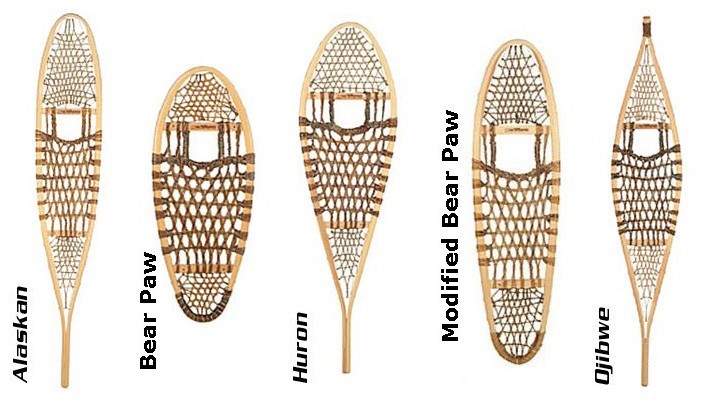
Our Indigenous Canadians employed several different shapes for different snow conditions and different terrain. Some of these designs are still popular with snowshoe enthusiasts today, including the Ojibwe Snowshoe with its pointed, upturned front and a long trailer (makes walking in forests easier). The Huron snowshoes have a wide, long, rounded front and a long trailer that’s best suited deep snow conditions. Plains peoples used the Bearspaw style, which was smaller and rounded in front and back without a trailer. These are best for dense undergrowth. (The Bearspaw style is the inspiration for modern snowshoes that you see today). The large size of many traditional styles (up to 6 feet long and 16 inches wide) allow them to float better in deep snow.
Want to see traditional and modern snowshoes in action? Watch https://youtu.be/SoY4pkqwgO0 for a light hearted look at old versus new.
Today’s snowshoes are much lighter, often with aluminum frames, but still come in a number of sizes and shapes from toddler to adult. Bindings and buckles have evolved to include ratchets or quick clips. Metal crampons on the bottom of modern nowshose help with walking up hills and crossing icy sections.
Thank You to the Byram Family Foundation!
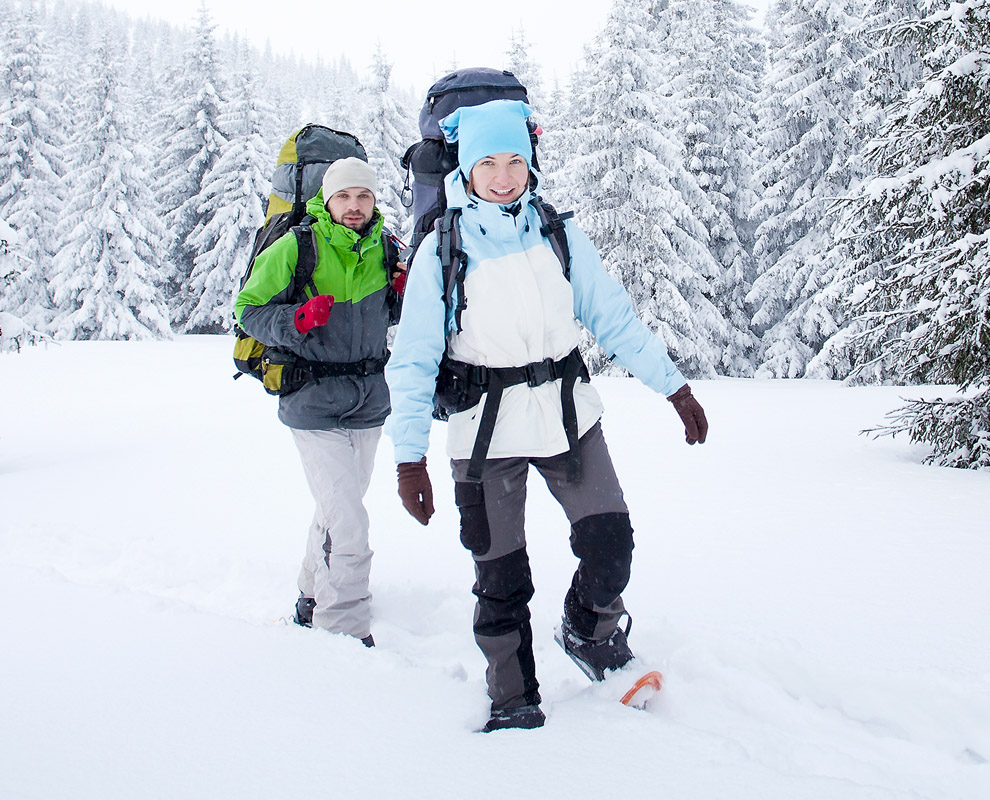 We hope this article inspires you to get out and try snowshoeing! Eagle Point-Blue Rapids Parks Council’s snowshoe lending program is about to get a whole lot better thanks to the very generous donation we’ve received from the Byram Family Foundation! With their support, Eagle Point-Blue Rapids will be able to update and grow our snowshoe inventory so that school and youth groups will have more opportunities to get out on the trails. Adults – watch for our guided snowshoe tour dates coming in the New Year!
We hope this article inspires you to get out and try snowshoeing! Eagle Point-Blue Rapids Parks Council’s snowshoe lending program is about to get a whole lot better thanks to the very generous donation we’ve received from the Byram Family Foundation! With their support, Eagle Point-Blue Rapids will be able to update and grow our snowshoe inventory so that school and youth groups will have more opportunities to get out on the trails. Adults – watch for our guided snowshoe tour dates coming in the New Year!
- Eagle Point-Blue Rapids Parks Council lends snowshoes to your school or youth group for free!
- To book our snowshoes, contact us at outreach@epbrparkscouncil.org or call the office at 780-898-7275.
- We will be doing guided snowshoe tours in the new year as well, so stay tuned for more info on how to book your spot!
- For more info on all of our programs, visit our website at epbrparkscouncil.org
References and Further Reading:
https://wintertrekking.com/snowshoeing/traditional-snowshoe-designs/
https://www.canadianicons.ca/collections/snowshoe
https://www.snowshoemag.com/2012/06/17/snowshoes-and-the-canadian-first-nations/
